Discover If You Have ADHD – Free Computer-Based Testing with Your Intake.
Our availability for appointments before the end of the year is becoming limited. If you need a follow-up visit or would like to be seen before year-end, please call our office at 980-237-4766 at your earliest convenience so we can do our best to accommodate you. Thanks
Frequently asked questions
Thank you so much for your interest in Pediatric & Family Behavioral Health! We are committed to connecting patients with the best providers for their specific needs to assist them on their behavioral health journey. Feel free to peruse our "Frequently Asked Questions" List as well as our "Provider Specialty" List.
If your questions have not been answered here or if you are interested in scheduling an appointment, please call our intake coordinator at 980-237-4766 ext. 103 or complete our assessment New Patient Assesment" which is the fastest way for us to gather the information we need to schedule our new patients.
We look forward to hearing from you!
Becoming a New Patient
New Patient Resources

